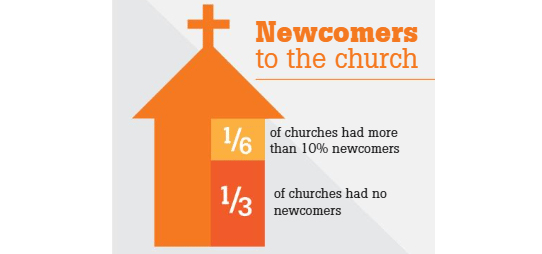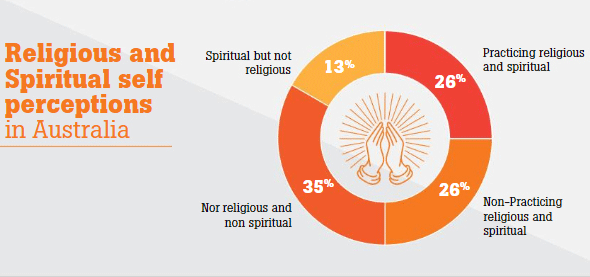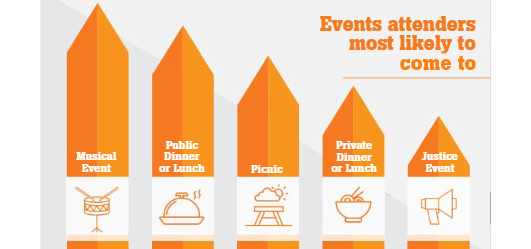David Cornford, Head of Mission Strategy at Uniting Mission and Education, begins an occasional series of articles exploring the dangerous idea that we might grow.
Can our churches grow?
This is a good question to ask in the wake of our resolution at Synod 2019 to organise ourselves, to prioritise, promote and enable growth:
- in discipleship,
- in relationship,
- in number, and
- in impact within and through our congregations.
The answer appears to be – well, some of us can. It was a great pleasure to explore this issue with an enthusiastic group at a workshop during our recent Synod meeting.
In 2016, 5% of attenders in NSW ACT Uniting Churches were new to church in the last five years – these are people who did not transfer from another Uniting Church or a church of another denomination. This compares to 8% in 2011, according to the National Church Life Survey.
Digging deeper, though, we find that about one-third of churches had no newcomers, while about a sixth has more than 10% of their current members being newcomers. So, some churches are doing a great job at being:
- actively visible and engaged in their community,
- effective in welcoming newcomers, and
- deliberate at including and enfolding newcomers into the church community.

Sometimes we imagine that the whole idea of someone actually choosing to engage in a church community for the first time, as an expression of their new-found commitment to follow Jesus, is almost impossible. There are so many ways it’s possible to read the zeitgeist of our culture and conclude that Christianity and church is “on the nose”, and not worth promoting and “putting out there.”
However, there are actually some signs of opportunity. Analysing the results from the Australian Community Survey, NCLS Research has developed a model of the Australian community in relation to religious practice. This suggests while there is a group in the community that is both spiritual and religious and enact that with religious practice (such as attending church or another religious service), there is another group of the same size that is both spiritual and religious but does not express that in engaging in public religious practice.

So, it might just be the case that there as many people in your community that would be at least open to considering joining in God’s mission through participation in a local church as there are currently doing so. That’s without considering how we might also engage with people less inclined – at the moment – to considering exploring the claims of Jesus.
Engagement and visibility within the community involve more than throwing out a bit of advertising for an event we imagine someone might come to. The graphs below (NCLS, 2016, NSW.ACT Synod) do give some encouragement about the types of events that might offer an opportunity for church members to engage and build community at the edges of the congregation.

For these activities to be a life-giving part of church life leading to growth, they will inevitably be an outlet for the deep passion of the congregation to love their neighbour and dare to invite them into participating in the transforming work of Jesus.
One thing’s for sure – welcoming and enfolding newcomers into a congregation will lead to change. Everyone God sends is a gift to us, helping us to change to become the church God is calling us to be.
As your congregation starts to prayerfully think about how you can more intentionally welcome, include and empower new disciples, perhaps the first step is to encourage your current members understand their mission as “More people, more like Jesus” – which is quite different to “More People, Just like Us.”
David Cornford











